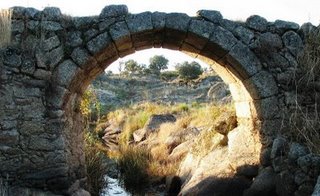Explore the best places
Monuments in Nisa
Ermida de Nossa Senhora dos Prazeres
- heritage
EM526
6050, Nisa
Temple from the 16th century, rebuilt on the remains of another, possibly from the 14th century. The interior features a ribbed, painted vault, with a Cross of Christ in the center. In place of this Hermitage, there are also two other churches that usually host popular pilgrimages around Easter Monday.
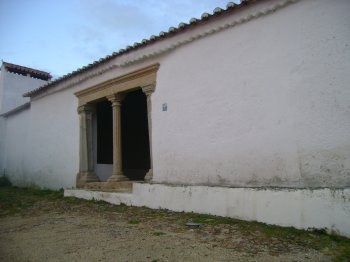
Igreja da Misericórdia de Nisa
- heritage
Praça do Município
6050-358, Nisa
Religious monument consisting of a nave, chancel, sacristy and an old hospital. The highlight in the interior is the vault, the crossing arch, some decorative stonework details and the bell rings on the main facade. Pay attention to the openings from the end of the 18th century, the main chapel ceiling painted with plant elements, the Crown shield in the center and the Mesários tribune.

Porta de Montalvão
- heritage
Largo da Cadeia Nova
6050, Nisa
Arched door broken by a tombstone framed with the cross of Christ and corners. It has three battlements and still has the coving boxes and the lock holes.
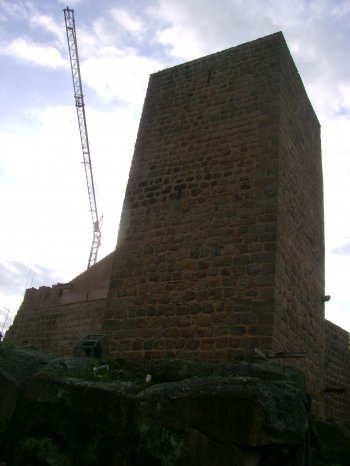
Porta da Vila de Nisa
- heritage
Largo Doutor António Granja, 6
6050, Nisa
Medieval door with a round arch, supported by two projecting towers, with several shields. The lock holes can still be seen. One of the towers is attached to the clock tower, and access to any of the towers is via a stone staircase.
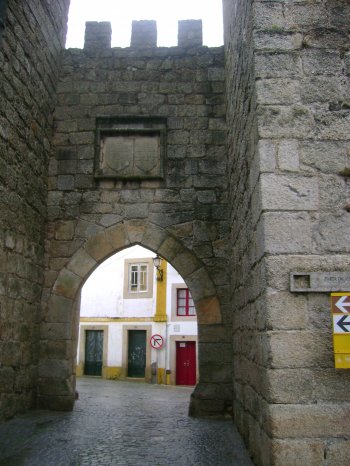
Anta 1 de São Gens
- heritage
Lugar de São Gens
6050, Nisa
Corridor funerary dolmen made up of five granite supports with a slight inclination that support the hat, a chamber and a door that separates this structure from the corridor, where some stones can still be seen.
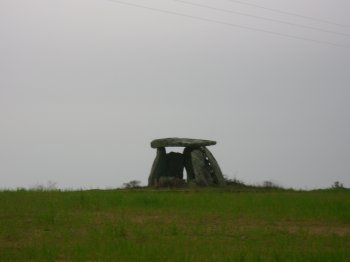
Castelo de Amieira do Tejo
- heritage
Praça Dom Nuno Álvares Pereira
6050-136, Amieira do Tejo
Castle ordered to be built by Álvaro Gonçalves Pereira in 1350, having undergone several modifications in the following centuries. This castle was part of a vast line of fortresses and watchtowers that protected the much attacked banks of the Tagus River. Its architectural design indicates a function aimed at the protection and refuge of populations. Made of dressed granite, it is an important symbol of Portuguese military architecture of the time. Located in a privileged location, on the banks of the Tagus River, it has a good panoramic view. It is shaped like a quadrilateral and is flanked by four …
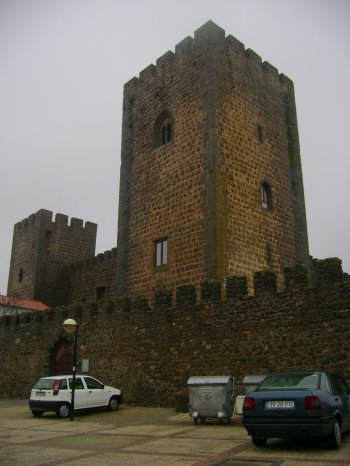
Igreja da Misericórdia de Arez
- heritage
Rua Alexandre Herculano
6050-201, Arez
Its construction has probable pointing to the year 1618. It consists of nave with wooden roof, chancel with coffered Dome, sacristy and dependencies. The main altarpiece has Mannerist characteristics. Highlights for the murals of the interior simulating 18th century altarpieces.
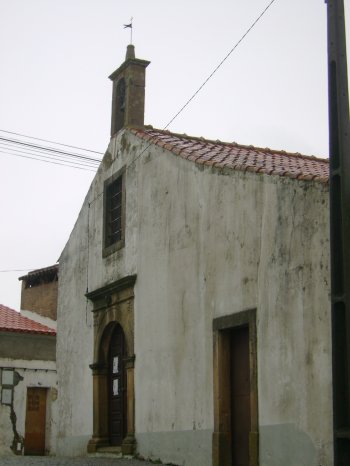
Igreja da Misericórdia de Montalvão
- heritage
Rua do Arrabaldo
6050, Montalvão
Church with probable date from the 13th century, consisting of three ships and five spans, chancel and vestry. The main door and sides must also Gothic influence. The interior is markedly 1500s, the side altars Baroque and Mannerist Epistle. Banks are 17th century.

Igreja da Misericórdia de Alpalhão
- heritage
Rua da Carreira, 1
6050-044, Nisa
Building built in 1511, consisting of nave, chancel, belfry of four eyelets, consistory and sacristy. Inside the Mannerist painted altarpieces and gold. The image you see in the central niche of St. John the Baptist.
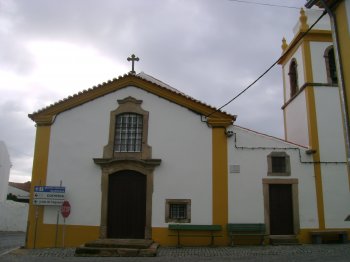
Ponte sobre a Ribeira de Figueiró
- heritage
Amieira do Tejo
6050, Amieira do Tejo
This bridge is also known as Roman Bridge of Albarrol or Vila Flor and it is made out by three arches with breakwaters and in which the central arch is the taller with 10 metres high. Above, it is where the platform is settled.
